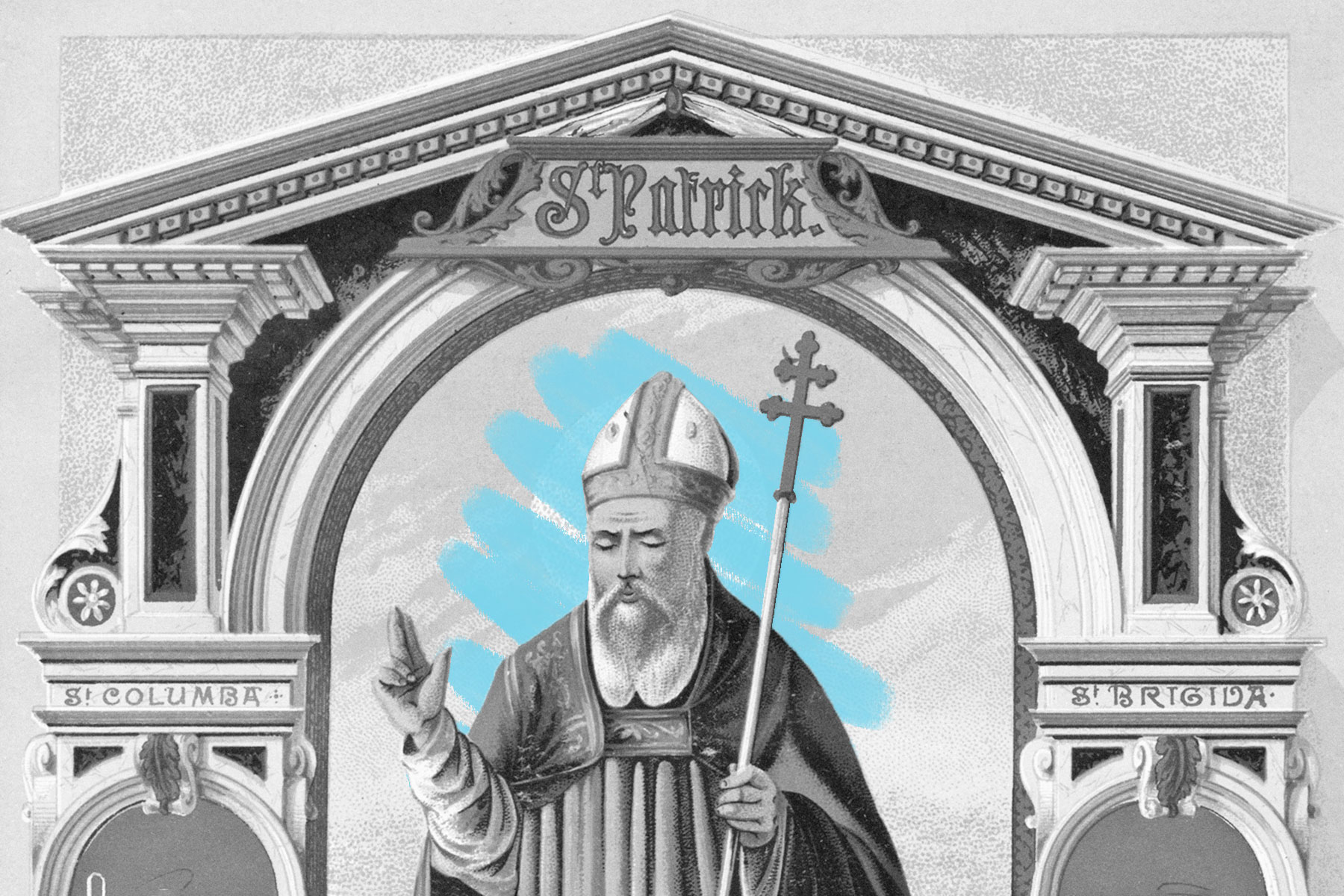St. Patrick was originally associated with the color blue, not green.
Long before St. Patrick’s Day became synonymous with the color green, its namesake saint — and even Ireland as a whole — was more closely associated with various shades of blue. St. Patrick is often credited with spreading Christianity throughout Ireland, and he became known as the patron saint of the country. The earliest known depiction of the saint — found in a 13th-century French manuscript — shows him clad in a blue robe, and he was often associated with the cool hue.
The color blue was also used to represent Ireland itself, starting with the actions of King Henry VIII in 1541. The English monarch declared himself king of Ireland and presented the Irish kingdom with a new coat of arms featuring a golden harp on a dark blue background — the first link between Ireland and the color blue. Two centuries later, in 1783, England’s King George III established the Order of St. Patrick in Ireland, whose members wore outfits in a shade known as “St. Patrick’s blue.” However, these symbols were imposed upon the Irish people by their English oppressors, and the color blue never reflected the true Irish identity. It wasn’t until the Irish Rebellion of 1798 that the Irish adopted the color green — a shade also embraced by nationalists during an earlier 1642 rebellion — as a symbol of national pride, replacing the old blue colors found in many Irish flags and emblems. Around this time, green was also introduced to St. Patrick’s Day festivities, and it became the standard hue of the holiday shortly after.















